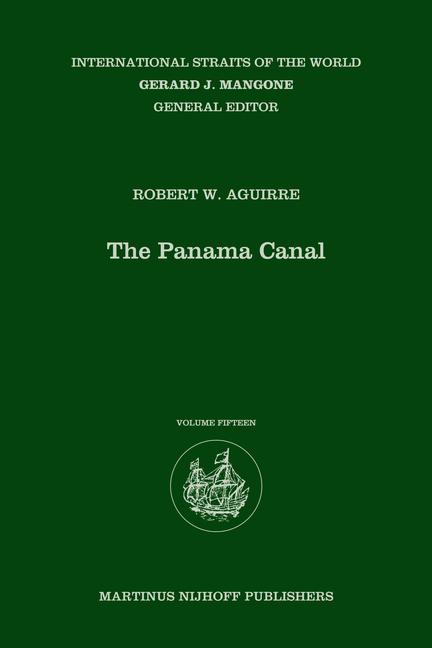The relationship between straits and interoceanic canals has always been ambiguous. Unlike straits, interoceanic canals are neither natural nor subject to a universal legal regime like the Law of the Sea. However, straits and interoceanic canals share comparable historical experiences due to their geographic similarities. Suspending interest in a purely legal analysis, this book will let logic yield to experience and consider the Panama Canal as an artificial strait. The book recasts the events that have changed the Panama Canal s environment in the context of three interactive elements (territoriality, transits, physiographic circumstances) and cleverly deciphers from history how changes in one element led to changes in another, suggesting a considerably new perspective for viewing the canal s past and future.
Inhaltsverzeichnis
Contents
Chapter 1: The Environment of a Strait
Chapter 2: The Environment of the Isthmus of Panama
Chapter 3: Interoceanic Flows in Transit through Panama's Human-Built Environment
Chapter 4: Panamanian Territory over Flows through the Environment
Chapter 5: American Territoriality in Geographic Perspective
Chapter 6: The Expansion of the Powers of the Federal Government over Inland Transportation from the 1780s to the 1880s
Chapter 7: Interoceanic Transportation and the Two Panamas Under the '1st democracy' (1830s-1870s)
Chapter 8: Interoceanic Transportation and the Two Panamas Under the '2nd republic' (1870s-1930s) Before Panamanian Independence
Chapter 9: The Extraterritorial Expansion of the Powers of the Federal Government over the Maritime Environment after the 1880s
Chapter 10: The Panama Canal and the Two Panamas Under the '2nd republic' (1870s-1930s) After Panamanian Independence
Chapter 11: The Panama Canal and the Two Panamas Under the '2nd democracy' (1930s-1970s)
Chapter 12: The Panama Canal and the Two Panamas Under the '3rd republic' (1980-?)
Chapter 13: The Future of the Panama Canal as an Artificial Strait APPENDIX NOTES














